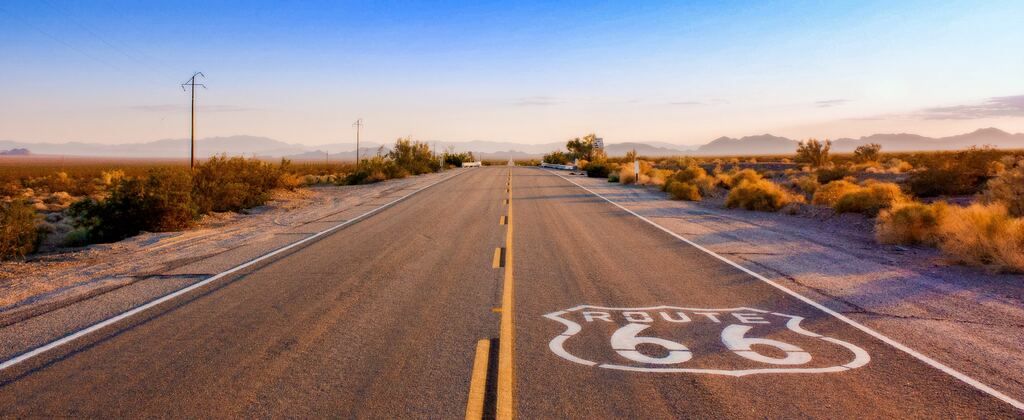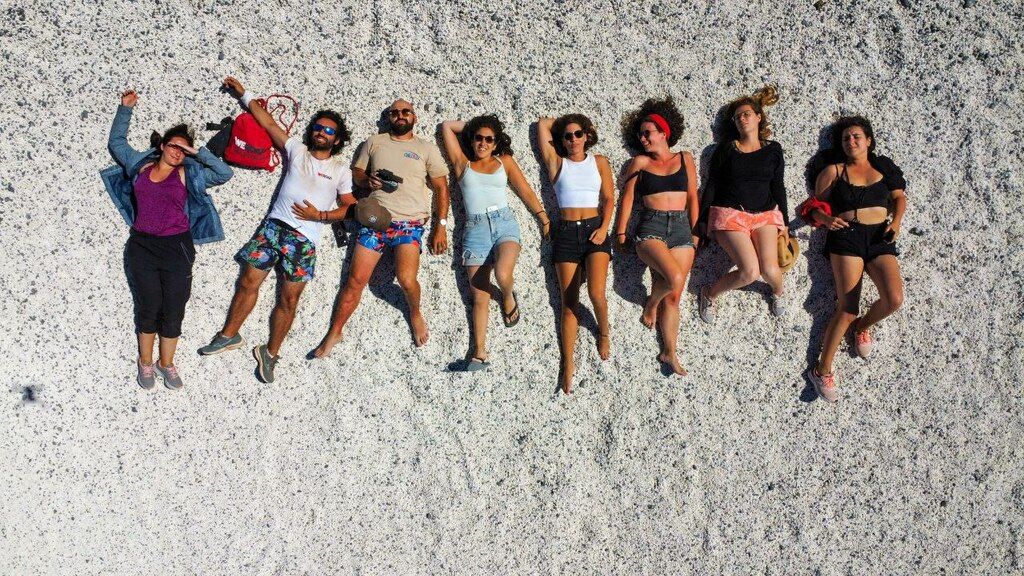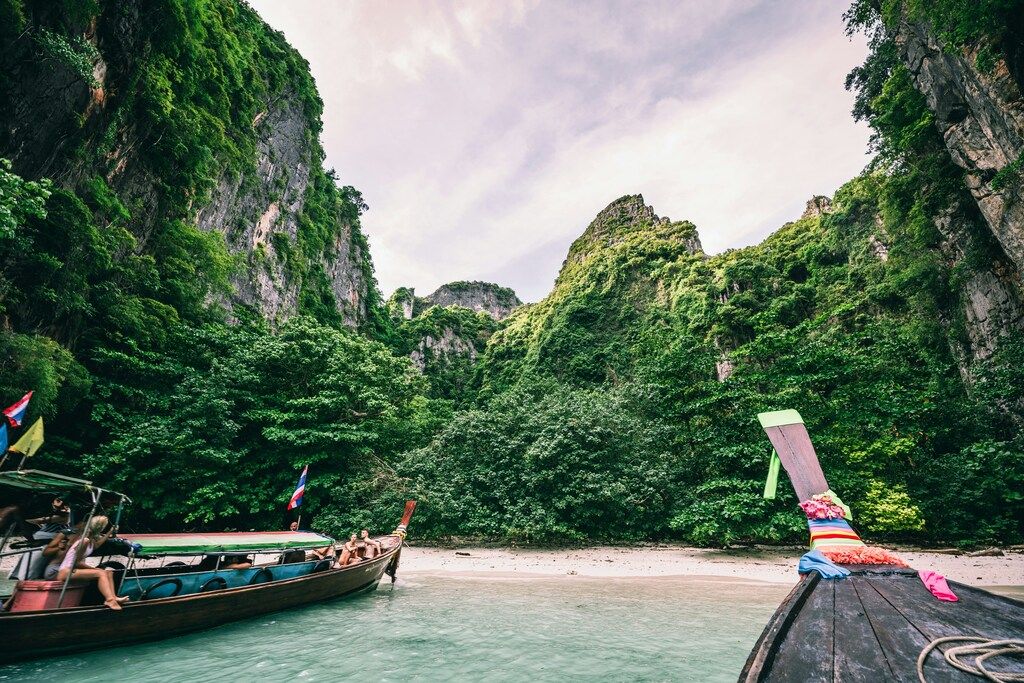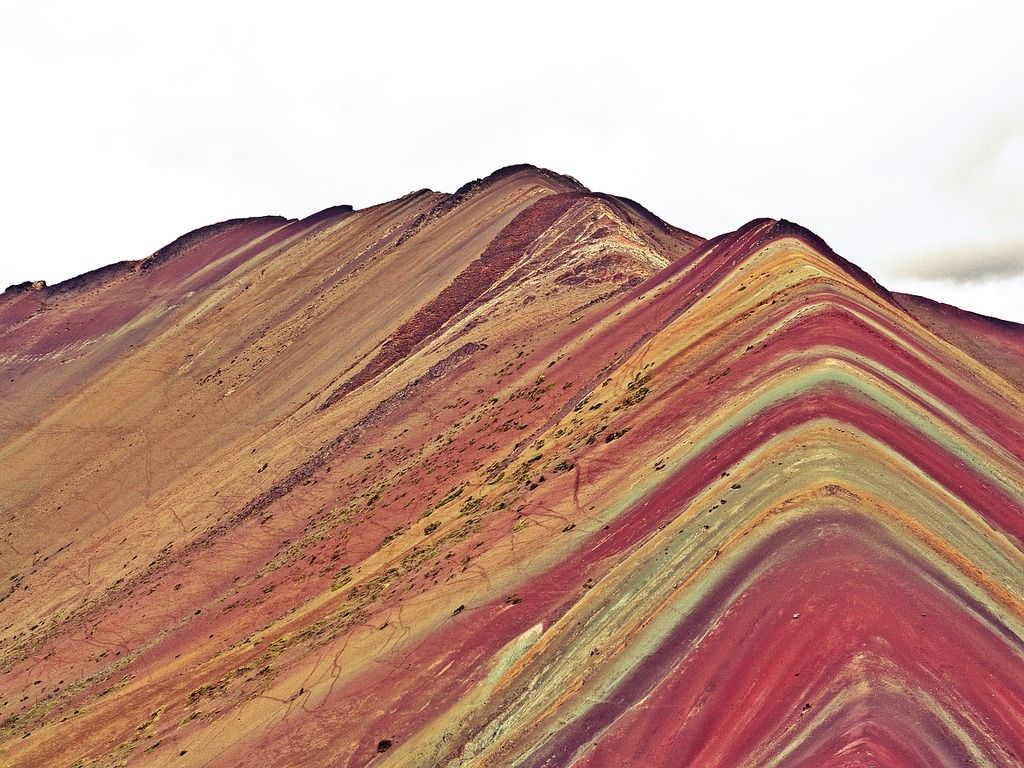

You’ve seen the photos, Machu Picchu’s terraces lit in early morning’s golden light, condors whirling in the Colca Canyon’s depths, the vibrant green of the Amazon maze, Peru promises landscapes you can’t even picture in your head.
But before you can frolic with the alpacas and eat ceviche at the Instagram-famous ruins, there’s one big, bureaucratic hurdle: the visa process.
This guide has you covered: we’ll clarify who really needs one, outline the requirements for each case, share how to deal with embassies without the stress, and explain what to do if you’re hoping to extend your stay far beyond the limits stamped in your passport.
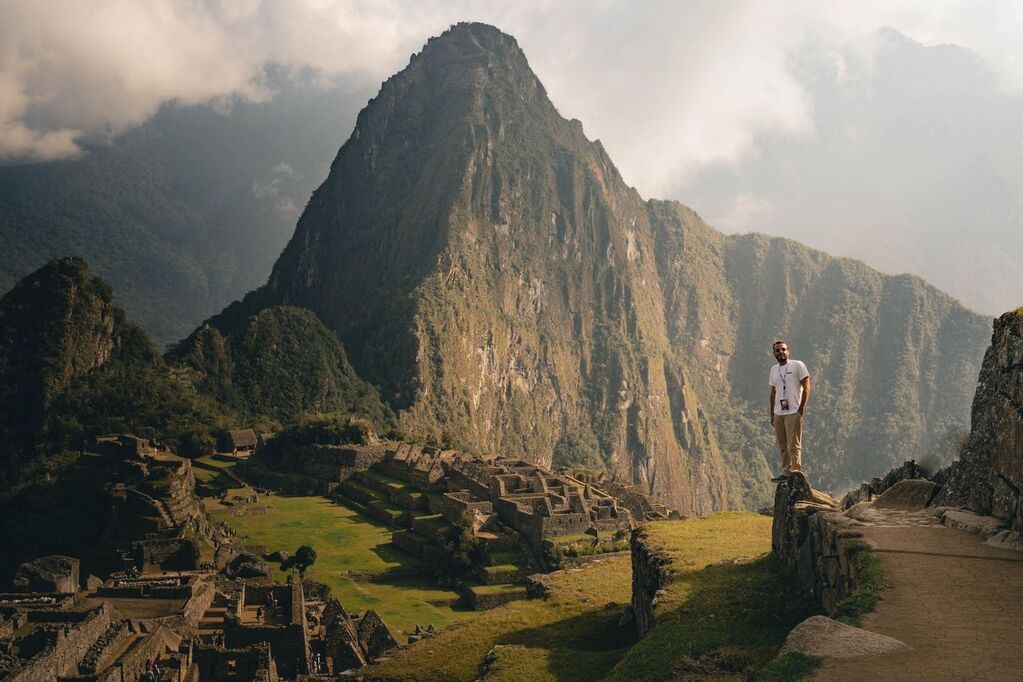
Peru visa policy: understand your entry requirements
Let’s start with the good news: for many travelers, Peru’s list of entry requirements is very simple. If you hold a passport from the USA, Canada, the UK, an EU nation, Australia, New Zealand, or a number of others, you can likely waltz in without going to the trouble of applying in advance. The Peruvian Ministry of Foreign Affairs says more than 90 countries are permitted visa-free travel, making Peru one of the more accessible nations in South America.
But here’s the fine print: ‘visa-free’ doesn’t mean you can stay for as long as you’d like. Upon entry, an immigration officer will typically stamp your digital Andean Migration Card (TAM) for 90 days, even though the law technically allows for a stay of up to 183 days within a year. This is a very common misconception. A quick look at travel forums will show you countless travelers who were denied entry after assuming they could always stay for the full six months.
A cautionary tale often shared on Peruvian travel forums tells the story of a young Canadian student who misunderstood the length of her legal stay. She was expecting to receive the maximum of 183 days to study Spanish, but the immigration officer granted her only 90. She didn’t notice the number on her stamp until it was too late, and by then, she had already overstayed her permitted time. The mistake ended up costing her a fortune in fines at the Lima airport. The moral of the story? Don’t confuse your expectations with reality.
And not all passports are created equal. Nationals of India, China, and several African and Middle Eastern countries must apply for a visa before departure. In rare cases, bilateral agreements tweak the rules: for example, Schengen visa holders of certain nationalities may still qualify for short stays without needing a Peruvian entry permit. Always check the most recent list published by Migraciones, because exemptions change with new diplomatic deals.
The takeaway? A quick five-minute check on your consulate’s website could save you a nightmare at the boarding gate. If you’re still wondering, “Do I need a visa to go to Peru?” the answer depends entirely on the passport you carry, not on travel blogs that may already be outdated.
If you are not visa-exempt, the rule is simple. Apply in advance at a Peruvian embassy or consulate in the country where you’re located. Peru’s official English guidance, apply for a tourist visa to enter Peru, spells out the process and timing expectations.
Remember, the 183-day rule is annual, not per entry. Officers usually grant 90 days at a time. If you need more, exit and re-enter later in the year, within the 183-day cap. Always verify current exemptions on Peru’s Ministry of Foreign Affairs portal.
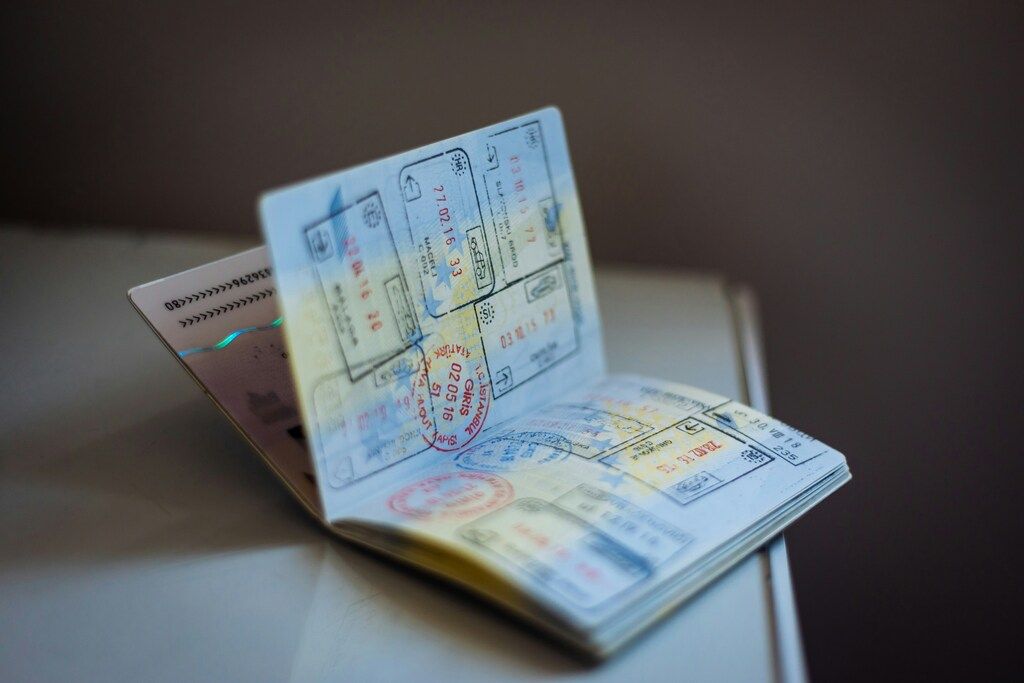
Essential documents for a smooth arrival
Whether you’re visa-exempt or holding a freshly issued tourist visa, border officials expect travellers to be organised. At a minimum, you should prepare the following documents:
- A valid passport with at least six months of validity remaining. Airlines may refuse boarding if your passport is close to expiring.
- Proof of onward or return travel. Peru doesn’t want indefinite backpackers squatting on Andean peaks. Many airlines enforce this before you even check in.
- Evidence of financial solvency. This can be a recent bank statement, a credit card, or proof of employment. Immigration rarely asks, but when they do, you’ll be glad you came armed.
- Accommodation details. Hotel bookings, Airbnb reservations, or a letter from a host usually suffice.
- Travel insurance. Not compulsory, but strongly recommended. Hospital bills in Cusco after a bout of altitude sickness can climb faster than you on the Inca Trail.
One crucial detail often overlooked: the Andean Migration Card or Tarjeta Andina de Migración (TAM). Once a little slip of paper, it’s now digital and records the number of days you’re legally allowed to stay. Always log into Migraciones’ portal to confirm the officer didn’t accidentally short-change you or you didn’t misremember your days. A mismatch between expectation and the official record can cause stress when leaving the country.
Minors traveling without both parents may be asked for a notarised consent letter at exit. Airlines also strictly enforce an onward-ticket rule. Show a dated reservation leaving Peru within your permitted stay.
Scenario check: imagine you’ve landed in Lima, ready for 120 days of Spanish classes, but your TAM says 90. Without catching it early, you might find yourself fined or forced to leave before completing your course. A simple check on day one saves a world of trouble.
Expect checks for proof of departure. Peru sets and enforces its entry rules, and airlines often pre-screen to match them. In 2025, several airlines flying into Lima began strictly enforcing the onward-ticket rule after pressure from Peruvian immigration authorities. Travellers without proof of departure were denied boarding in Madrid, Miami, and even Buenos Aires. It’s not just a formality: Peru expects you to show you won’t be staying forever. The FCDO (Foreign, Commonwealth & Development Office) advises confirming requirements with your travel provider and notes Peru’s rules are enforced at the border.
In short, the paperwork may not feel glamorous, but skipping it can derail your trip before it begins.

Getting a tourist visa for Peru: the application process
If your nationality requires a visa, here’s the nitty-gritty on how to get one. It’s not rocket science, but it does demand patience.
- Identify your consulate. Applications must go through Peruvian embassies or consulates abroad. The Peruvian Consulate in Los Angeles, for example, requires the DGC 005 application form. Requirements are broadly similar worldwide, but always check the exact post for your country.
- Collect the paperwork. Typical tourist visa requirements include:
- A completed form and recent passport photos
- Passport valid for at least six months with blank pages
- Flight itinerary and proof of accommodation
- Proof of funds (bank statements, pay slips, credit card statements)
- Invitation letter (if applicable)
- Payment of the visa fee (see below)
- Schedule your appointment. Some consulates demand in-person interviews, others allow postal applications. Don’t assume, check your consulate’s rules.
- Wait. Processing times vary wildly: anywhere from two weeks to three months depending on nationality and consulate load.
- Receive your visa. Approval grants you a fixed period of stay, often up to 90 days, sometimes longer.
Now, about the cost. Fees aren’t standardised worldwide but hover between US$30–$50 for tourist visas. That’s less than a Machu Picchu entry ticket and arguably a bargain for the adventure ahead. Always verify with your local consulate, as prices may vary with currency fluctuations.
Fees are paid in local currency at the consulate or via bank deposit. They’re non-refundable. Some posts use an online appointment system, often called “Citas” or “Mesa de Partes.” Submit originals plus copies. Carry printouts of confirmations to the interview.
To put that in perspective: Brazil charges some nationalities over US$150 for tourist visas, while Bolivia’s fee is about US$160. By regional standards, Peru’s pricing is almost charitable. Still, costs can rise if you use visa agencies or expedited services.
One final myth to bust: Peru does not offer a visa on arrival. If you need a visa, you must secure it before boarding your flight. Turning up at Jorge Chávez International Airport and pleading with an officer won’t work, unless your idea of fun is a one-way ticket back home.
Travellers on forums often swap stories of people who believed outdated blogs promising visas at the airport. Spoiler: those travellers were swiftly denied entry and deported. Trust official sources, not hearsay.
And while you’re waiting for approval, use the time to plan your trip. Beyond paperwork, this is when you can start exploring guides like what to see in Peru, from the Sacred Valley to Paracas, so you’re ready to hit the ground running.
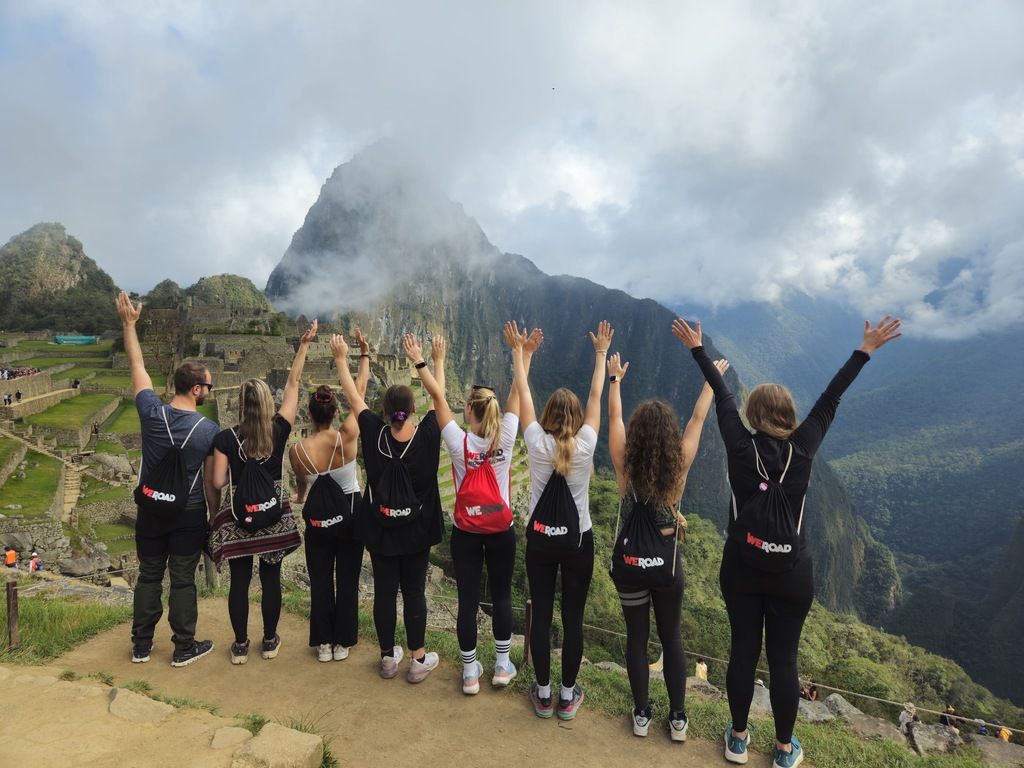
Beyond the tourist visa: extending your stay and other visa types
So you’ve fallen hard for Peru, the ceviche is addictive, your Spanish teacher is charming, and Cusco’s cobblestones feel like home. Can you simply extend your tourist status? Not really.
Until 2021, extensions (Prórroga de Permanencia) were sometimes available. But as of Decreto Legislativo 1582 (2023), most foreign nationals cannot extend a tourist visa. The only major exception applies to citizens of the Andean Community (Bolivia, Colombia, Ecuador), who may extend up to the 183-day annual maximum.
Want to stay longer legally? You’ll need a different visa category:
- Student visa: for those enrolled in recognised Peruvian institutions.
- Volunteer visa: often linked to NGOs or registered charities. Getting a visa yourself is extremely difficult; the organisation you’re volunteering for must apply for it on your behalf
- Business visa: for professional activities or conferences.
Each requires extra documentation: admission letters, financial guarantees, sometimes background checks. None can be swapped at the airport. And unlike tourist visas, these often come with specific conditions, like restrictions on work or requirements to register locally.
Processing times can also be longer. Anecdotally, student visa approvals in 2024 averaged six to eight weeks, while business visas took even longer if background checks were required. If you’re considering one of these routes, apply well in advance and expect some back-and-forth with consular staff.
If you overstay, there’s a daily fine. Peru’s Migraciones states the penalty is 0.1% of the UIT per day of excess stay. That’s a precise formula, and it updates each year with the UIT value. The Migraciones campaign for tourists spells it out, and their press notices repeat the rule.
How much is that in 2025? The official UIT is S/ 5,350 for 2025, set by Decreto Supremo N.° 260-2024-EF. So the tourist overstay fine works out to S/ 5.35 per day. Plan your exit accordingly.
A final tip: pair your visa planning with trip timing. Before you book that second trek through the Sacred Valley, check a month-by-month guide to the best time to go to Peru. You don’t want your permit expiring just as the dry season arrives in the Andes.
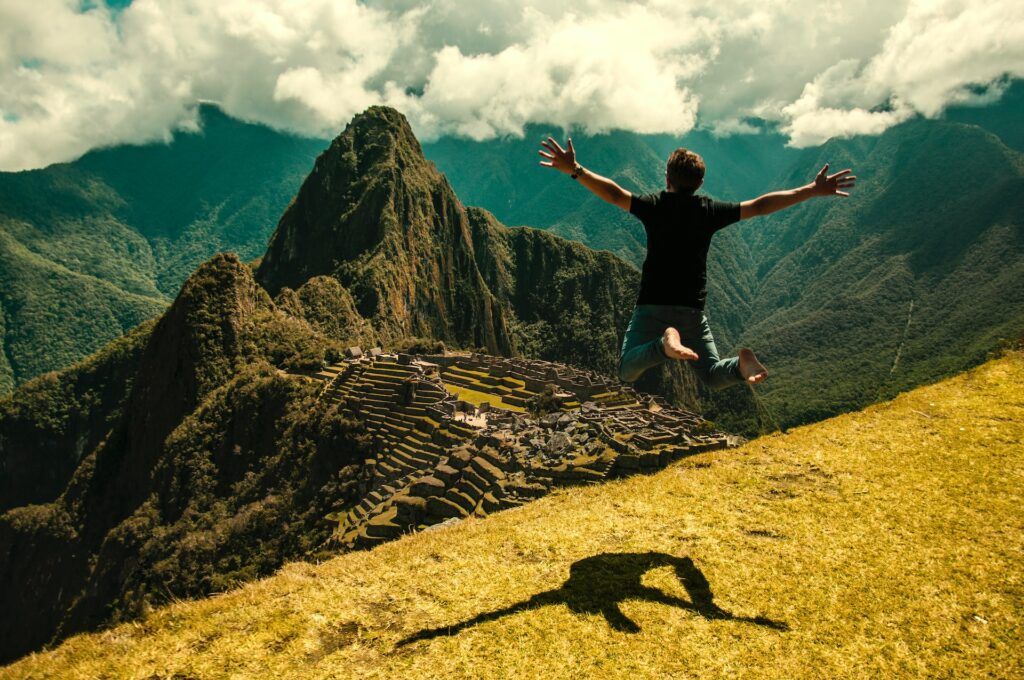
Essential travel tips: insider advice for a seamless arrival
Small habits make a big difference when you land in Lima bleary-eyed after a long flight. First, photocopies: keep one paper set of your passport, TAM record, and visa approval (if applicable) in your bag, and a digital set in secure cloud storage. If your wallet disappears, you’ll thank yourself. Immigration officers rarely demand copies, but they can smooth over hiccups at hotels, banks, or police checkpoints.
Be ready for basic questions at border control. “How long are you staying?” and “What’s the purpose of your visit?” aren’t trick questions, but fumbling for details looks suspicious. Have your itinerary handy, even if it’s just a one-page summary with flight dates and a couple of hotels.
Cash counts on day one. ATMs at the airport sometimes run dry or overcharge. Bring a starter stash of 60–80 Peruvian soles tucked into a money belt for taxis, SIM cards, or that first much-needed coffee. You’ll rely on cards later, but soles are king for small expenses.
For an extra safety net, register with your embassy’s traveller programme. If there’s an emergency, natural disaster, strike, or sudden flight change, you’ll get alerts directly. It’s quick, free, and one less thing to worry about.
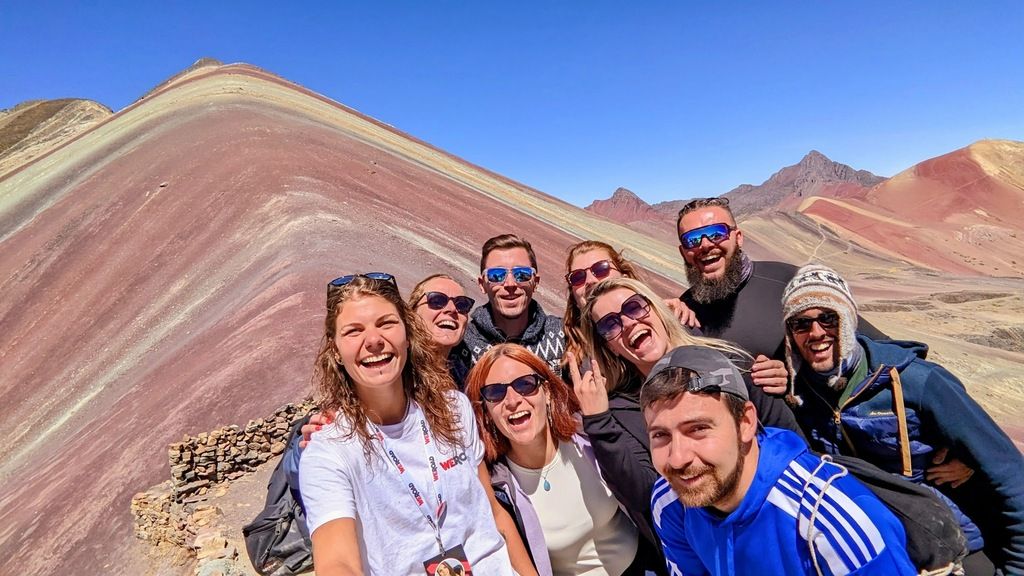
Your Peruvian adventure starts here: plan your trip with us
Visa rules matter, but they shouldn’t be the headline of your journey. Keep your documents in order, answer questions clearly, carry a bit of cash, and you’ll step into Peru ready to explore. The paperwork ends at the border; the adventure starts when you leave the airport. Ready to turn all this planning into mountain views, jungle trails, and pisco sunsets? Join our organized trip to Peru or browse our group tours in Peru, the Andes won’t wait forever.

